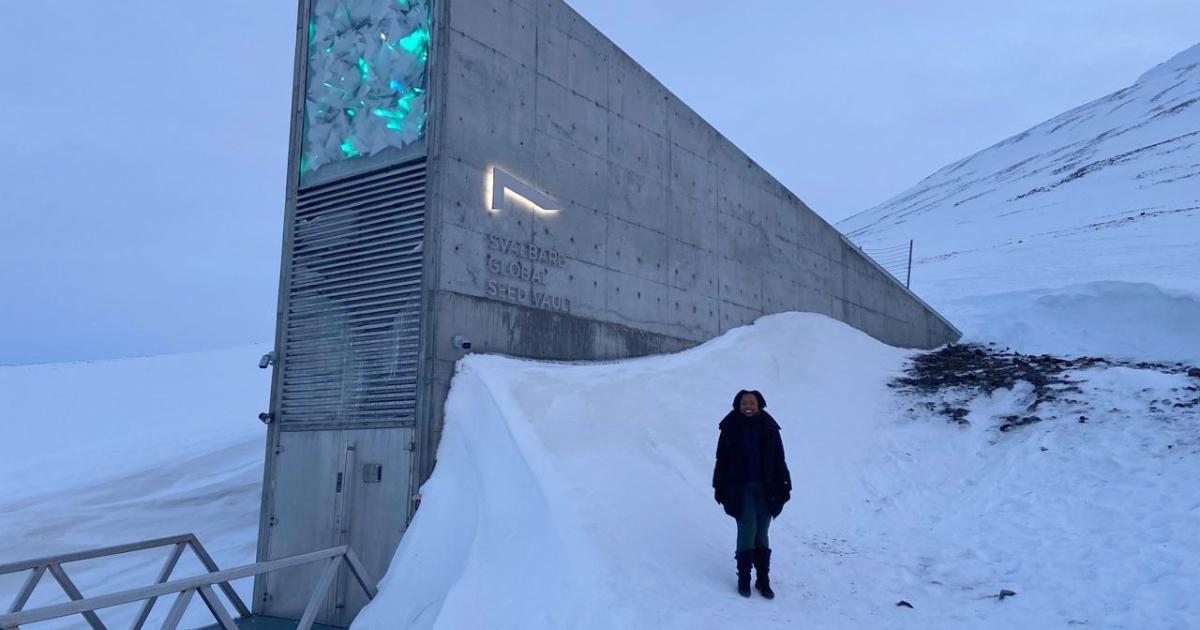The wildlife trade is a major cause of species loss and can trigger disease transmission. While the COVID-19 pandemic sparked public interest in eliminating the wildlife trade, a better understanding is needed of the economic repercussions of COVID-19 on those who rely on wildlife farming for their livelihoods. Using the case studies of Ba Ria Vung Tau and Binh Duong provinces in Vietnam – a country seen as Asia’s wildlife trade hotspot – this paper explores COVID-19’s impacts on wildlife farms and their owners. Understanding these impacts is important, both in order to design appropriate interventions to support local people in mitigating COVID-19’s impacts as well as to inform effective policymaking around wildlife conservation in Vietnam. In this study, we adopted mixed research methods (including a literature and policy review, stakeholder consultation with government agencies and NGOs engaged in designing and monitoring wildlife conservation policies, a wildlife farming household survey, and research validation workshop) to understand the status of Vietnamese wildlife farms, as well as the impacts of COVID-19, and any opportunities and challenges for wildlife conservation and management in Vietnam. Our paper shows that, across the two studied provinces, numbers of wildlife farms and farmed wildlife animals have both declined since the pandemic, with declining market demand and wildlife farm owners experiencing difficulties accessing markets due to travel restrictions. Although this affected wildlife-related income, this represented less than 30 % of families’ overall income on average, and thus households were able to maintain their livelihoods through other sources. Most wildlife is raised as an additional food source for farming families and plays an important role in the diets of surveyed households. Findings also highlighted that most surveyed households’ post-pandemic recovery strategies involved expanding their wildlife farms in scope and scale; these households perceived a stable domestic market and high prices for wildlife products in future. Our study found several opportunities for sustainable wildlife farming practices, including greater political commitment, an increasing number of wildlife conservation policies, and stronger law enforcement mechanisms. Challenges remain, however; including an unclear and inconsistent policy framework, the presence of an illegal market, and wildlife farm owners’ limited knowledge and understanding of wildlife policies. Our paper also shows a lack of comprehensive data and understanding around actual wildlife transactions during the pandemic, leading to challenges in confirming whether COVID-19 had any real impact on wildlife trade. Further research is required to address this knowledge gap.
Download:
DOI:
https://doi.org/10.1016/j.gecco.2022.e02314
Altmetric score:
Dimensions Citation Count:

























